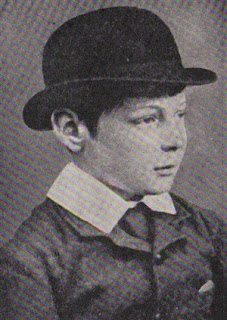Of the many wonderful things that autumn brings soft herring roes is fairly high my list of favourites. I am looking forward to some of this comfort food for lunch on this rain-sodden and blustery day. Washed under the hot tap, rolled in seasoned flour and fried in butter, then served on hot buttered toast with a mug of tea and plenty of black pepper, my mouth is watering in anticipation. Autumn is the herring season and that means local bloaters and kippers too. There are still a few traditional smokehouses in
My first experiment was to take one kilogram of crushed
pale Maris Otter malt down to Frances ,
spread out on our largest roasting tin from the kitchen. It went into her smokehouse
for just 24 hours to see what effect that would have. It was a kind of
calibration exercise, although I have no idea what units smokiness is measured
in. It came out smelling fresh and smoky, nice and sweet from the burning of oak
sawdust. It was a good flavour (not fishy!) and significantly different from
either the Bamberg malt or the
peaty whisky malt I had smelt before. It had great promise but it wasn’t
enough, neither in quantity nor in smokiness. It went into the first beer that
Edoardo and I made in the Poppyland Brewery premises. Not un-naturally I called
it Smokehouse Porter. But one kilogram in a grist of some 70 kg wasn’t going to
have too much impact. That was when my imagination turned to smoking hops and dry hopping with them.
I had about 1 kg of wild hops that I had collected early one
sunny October morning from a bank in Upper Sheringham .
I had not dried them but put them straight into the freezer. From experience I
knew that these hops would have a mild peppery, grassy, noble flavour. What
would they be like when smoked? There was only one way to find out.
I took the whole carrier bag to Frances
and she smoked them alongside her fish for 36 hours. The beer wasn’t quite ready
for dry hopping when they came out, so they were left in the brewery for just
over a week before they were used. They filled the brewery with their wonderful
smoky scent. Being damp they began to molder before I could use them, so I put
them into a kilderkin – all of them – and steamed them for about a quarter of
an hour with my steam generator to ensure they and the kilderkin were sterile
before running in the fermented beer.
I was thrilled with the result. The dark, molasses
and malt-flavoured beer became suffused with a fresh and gentle smokiness that
transformed it from a nice sweetish porter to a really great tasting beer. I
bottled off 90 bottles.
Today I took down some commercial dried hops to Frances – US Centennial
and NZ Wakatu. This time they are in large laundry bags and they will hang in
the smokehouse for two days before I use them for dry-hopping two more
kilderkins of porter for a couple of days. Then the last of the Smokehouse Porter will be
bottled off, just in time for Christmas.



















